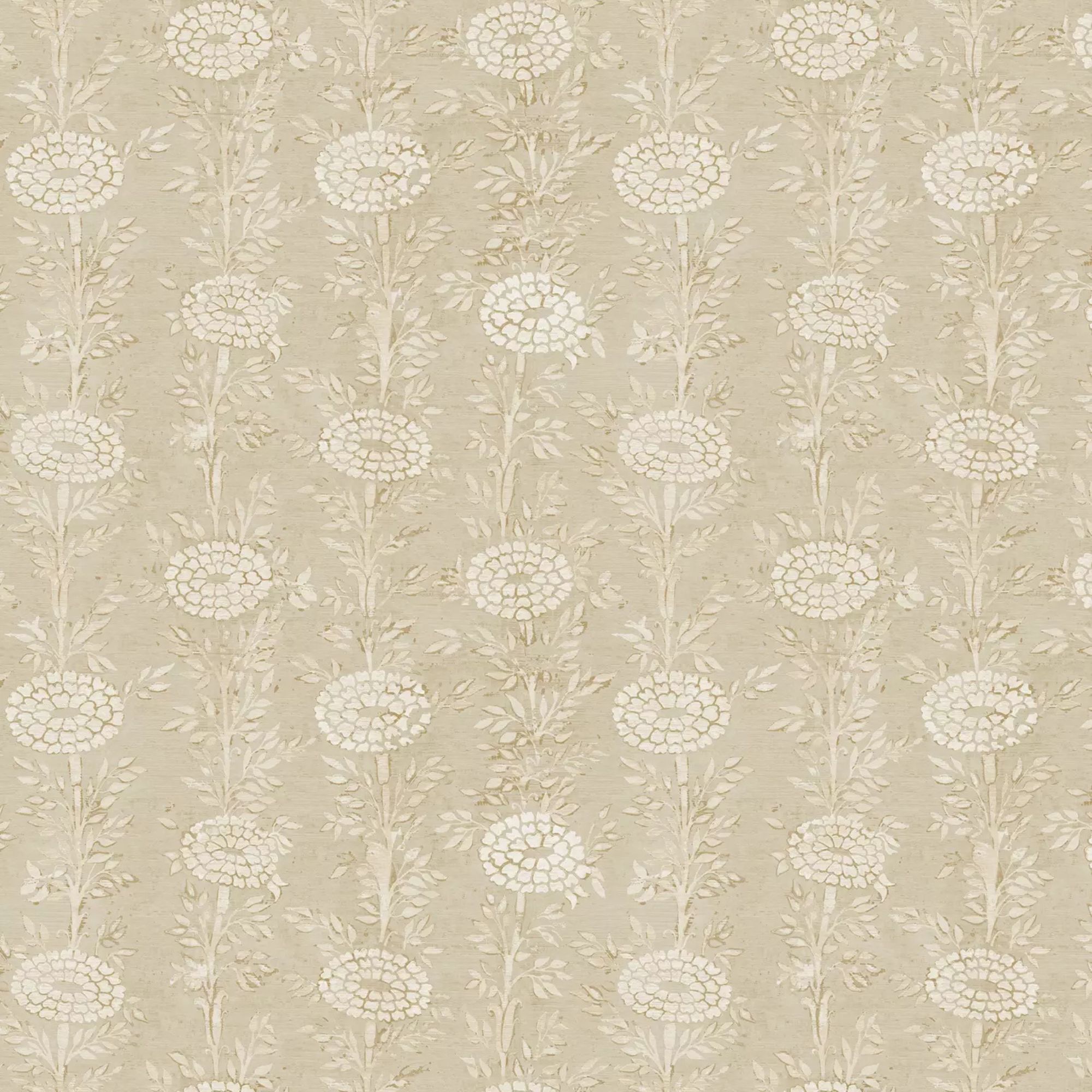'Don’t strip your home of its soul just to appeal to some imaginary future buyer' – and 5 more design decisions real estate experts warn to avoid if you want to sell your home within the next 5 years
The experts say you should steer clear of these design features if you're looking to sell your home any time soon


Whether you're an interior designer or a homeowner on a mission to create your ideal space, we all share one desire when it comes to design – to make our homes feel personal and representative of our tastes and styles. However, while it's always important to make your space feel unique, it's also worth considering what others are drawn to and what features they tend to avoid, particularly if you're planning on selling your home soon.
There are certain interior design styles that can boost the value of your home, but there are styles and features you should steer clear of if you want your home to appeal to buyers in the future. It's a balance between creating a home that feels personal to you, while also not making too many permanent changes that might not appeal to everyone when you come to sell.
Whether it's a niche architectural feature or a bold color scheme, real estate experts say you should avoid these six design decisions if you're looking to sell up in the next five years.
1. Too decade specific

While it's always important to honor your house style and architectural era (transforming a Tudor Revival home into a midcentury modern masterpiece seems a little disingenuous), you want to avoid going too far with the theme if you want your home to appeal to buyers. Of course, you should be sympathetic to your home's age, but don't take it too literally.
Ashley Brennan, SVP of Communications at Brown Harris Stevens, says, 'The single biggest design mistake I have seen in the past 15 years of being in real estate is when sellers get too attached to their style, and they won't budge when it comes to decluttering, minimizing, or repainting. When a home's decor really embodies a certain decade (the uber neon 1980s, for example), it's hard to get past a time capsule. Buyers need to be able to envision themselves in the space, so ego and personal preference need to fall by the wayside to get deals done!'
2. Overly bold color schemes
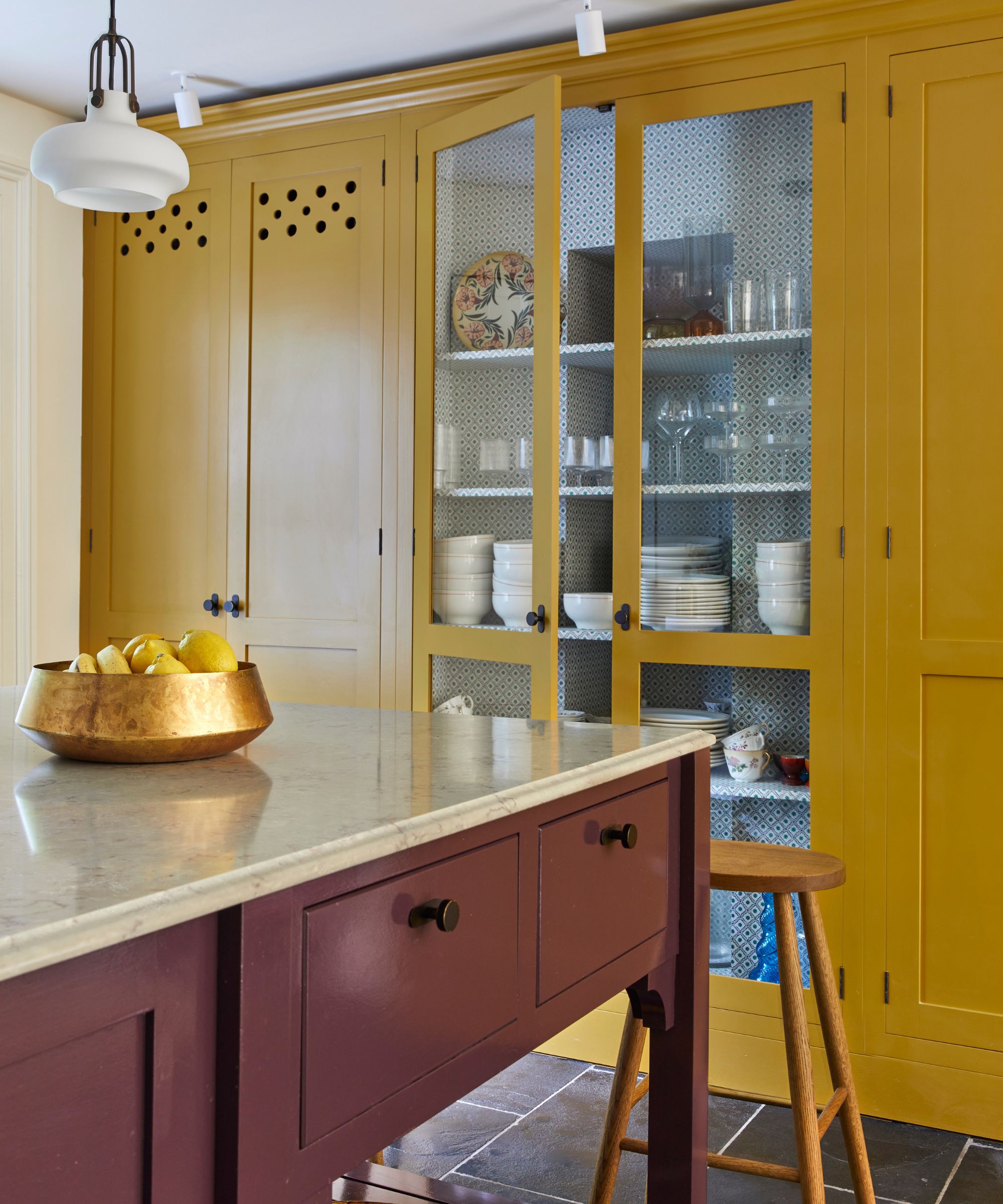
A little color is all well and good; in fact, it's essential to any good home design; however, too much vibrancy can be overwhelming and make it hard for buyers to see the framework of the space. Choosing a color scheme for your whole home can feel like a big commitment. That's why it's wise to opt for a more neutral, warm-toned scheme that's unlikely to date or be disliked.
Rebecca Hidalgo, CEO of the real estate firm Integrity All Stars Realty based in Arizona, says, 'A good rule of thumb is that if you are trying to sell a home, you want it to appeal to the most people. Avoid bold or controversial color schemes. No bold red kitchens or yellow bathrooms. No pink houses. These colors are too polarizing and may turn off many potential buyers, which can lead to reduced competition for your property. You want more people interested in your property and not fewer. A buyer is not going to buy a home that they have to spend money to repaint.'
Design expertise in your inbox – from inspiring decorating ideas and beautiful celebrity homes to practical gardening advice and shopping round-ups.
Rebecca says you can't go wrong by decorating with neutrals. 'Neutral colors such as your whites, grays, blacks, beiges, and browns work for most people. If you choose bold colors, you are praying you find a buyer with exactly your taste, and honestly, no one likes your design choices as much as you do.' Best neutral paints from brands like Farrow & Ball and Sherwin-Williams will continue to shine for years.
3. Novel rooms that lack practicality
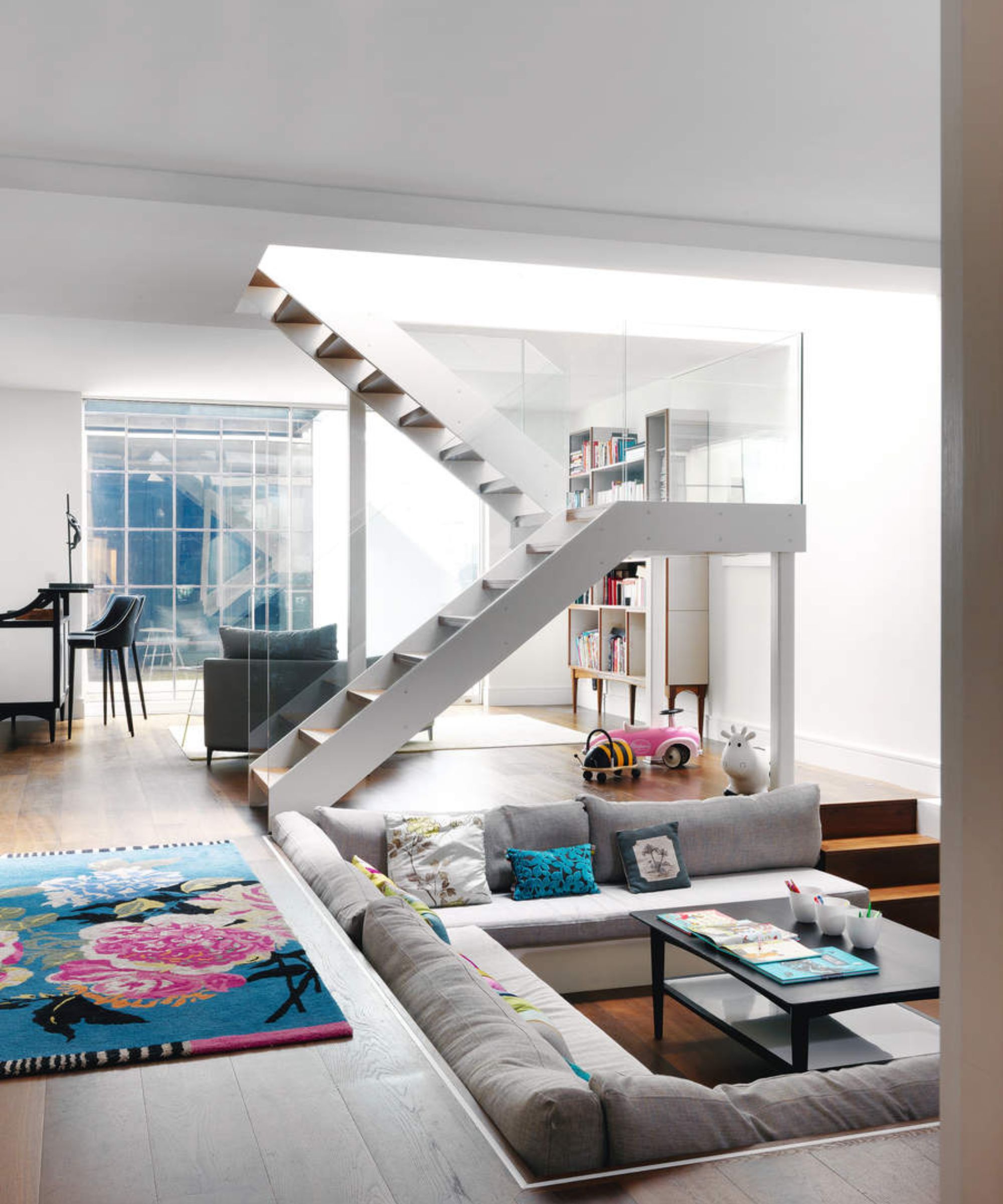
Of course, everyone likes to see a house with interesting features (ceiling trim and paneling continue to prove popular); however, buyers often aren't drawn to overly niche architecture, particularly homes that have unusual rooms formatted into their layout.
Leon Fisher, a Real Estate Advisor at Zook Cabins, explains, 'Another common mistake is niche architectural features like sunken living rooms, conversation pits, or themed finishes. They might seem creative, but these additions rarely are trending by the time you’re trying to sell your home. I’ve seen gorgeous homes lose traction on the market simply because the layout or features didn’t fit most people’s lifestyles.'
Sergio Aguinaga, the owner and founder of Michigan Houses For Cash, agrees. He says, 'Super custom features like indoor rock walls or sunken living rooms. Buyers walk in and immediately start calculating the cost of ripping them out. I once walked a buyer through a home with bright red kitchen cabinets and floor-to-ceiling mirrors in the dining room. They didn’t even make it past the foyer. What I say is that the best approach is clean, neutral, and flexible. You want buyers to picture their life in the space, not yours. Think fresh paint, good lighting, and just enough personality to feel warm, but not weird.'
4. Overly clinical, show homes
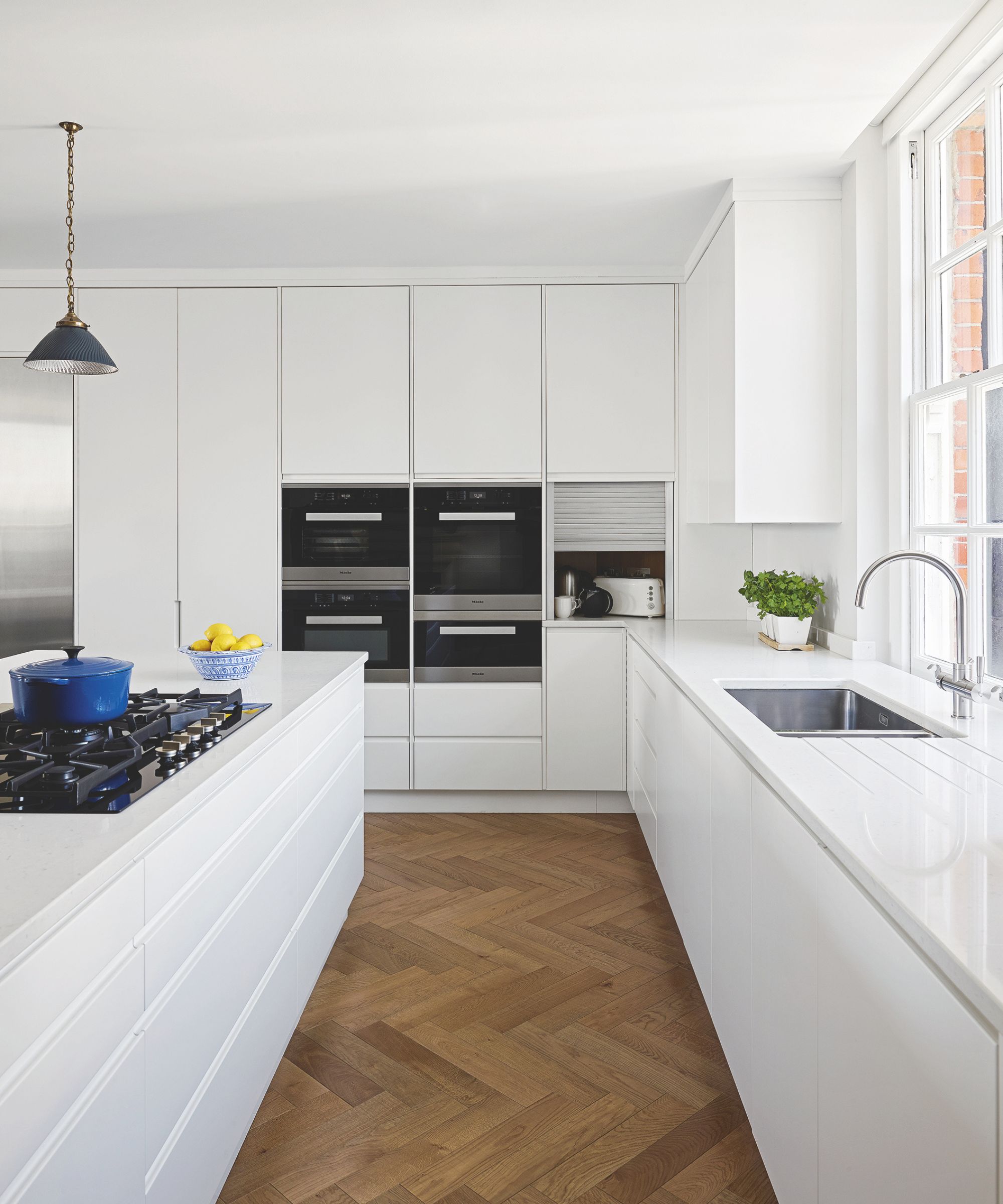
An overbearing scheme is not what buyers want to see, but they also don't want to see an underwhelming one either. Overly clinical, whitewash homes that lack personality and character tend to be avoided, too.
'One of the biggest design mistakes sellers make? Playing it too safe,' says Tami Pardee, founder of Pardee Properties. 'People whitewash the entire house, swap in black hardware, and hope that "neutral" equals desirable. But often, what you're left with is a home that feels sterile and forgettable. After showing thousands of homes, I can tell you that buyers do remember warmth. They remember a vibe, the soul of a home.'
Tami adds, 'Here’s what I always tell clients: don’t strip your home of its soul just to appeal to some imaginary future buyer. Live in it. Love it. Make design decisions that feel good to you. That energy, the memories, the intention, the joy, infuses a home with an intangible appeal that buyers feel the moment they walk in. Yes, when it’s time to sell, you’ll likely touch up paint and depersonalize a bit so buyers can imagine their own life there. But don't base your day-to-day life around resale. A bold, authentic design choice, when done with heart and intention, almost always wins out over something generic. It gives the next owner something to fall in love with, something that already feels elevated and finished.'
5. Loud wallpaper
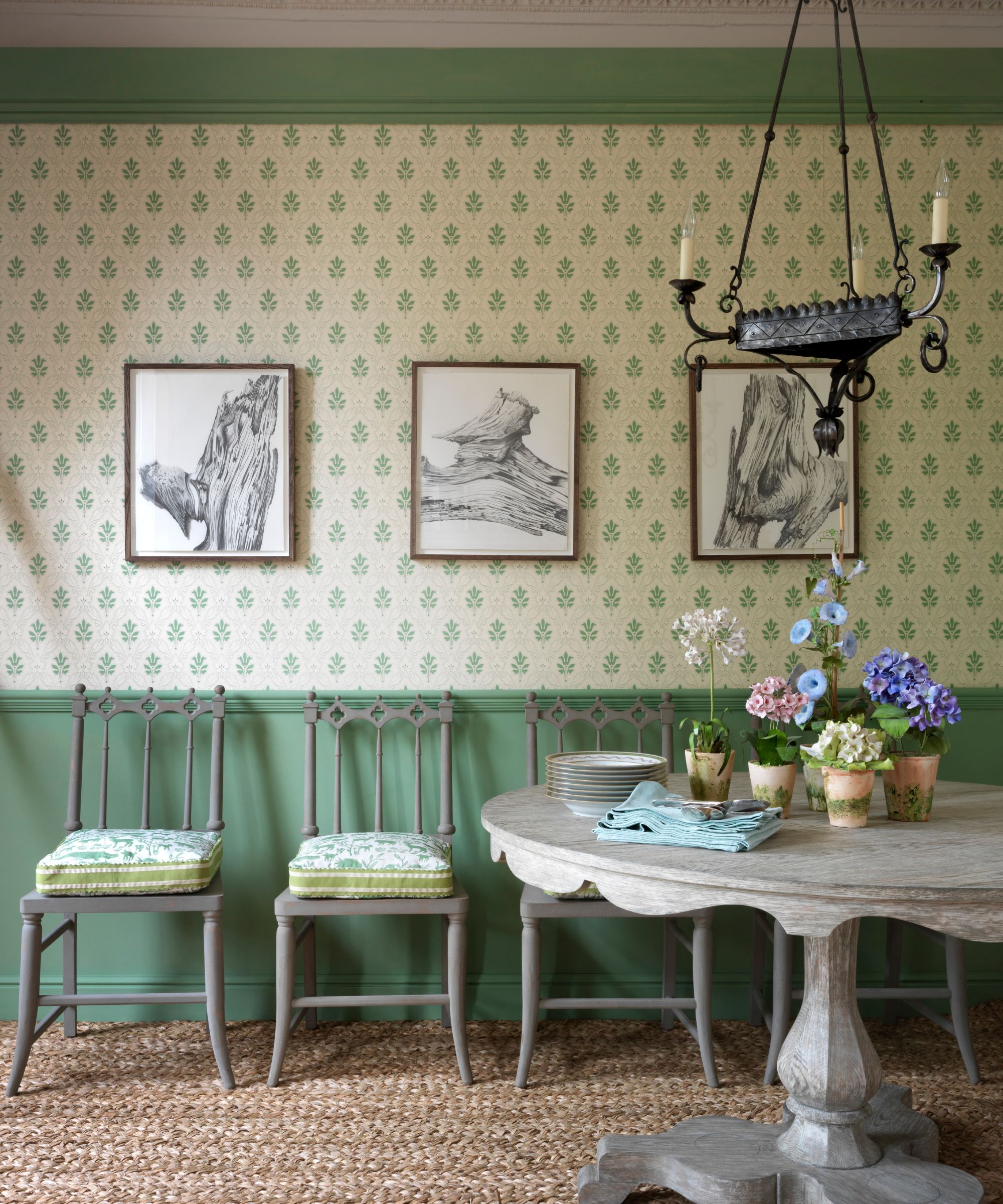
When it comes to wallpaper ideas, an overly distinctive pattern tends to be viewed as a hindrance rather than a perk to buyers. Everyone knows stripping wallpaper is not a fun task. It's tempting to follow wallpaper trends, but avoid styles that are too bold; instead, opt for timeless and chic varieties that will suit a variety of interior design styles.
Eli Pasternak from Liberty House Buying Group says, 'I think that bold wallpaper kills deals faster than almost anything else because removing it costs thousands, and buyers do not want that project. My client had gorgeous floral wallpaper in her dining room, but it sat on the market for four months until we painted over it.'
Danielle Burgess from Harry Norman Realtors agrees that certain wallpaper styles can get in the way of a sale. She says, 'Wallpaper in particular is often a turnoff. While it may be trendy in design circles, it rarely appeals to a broad audience, and many buyers immediately see it as a project. Removing wallpaper is time-consuming and can be damaging to walls, which adds to the mental checklist and cost of updates buyers anticipate.'
6. Oversized furniture
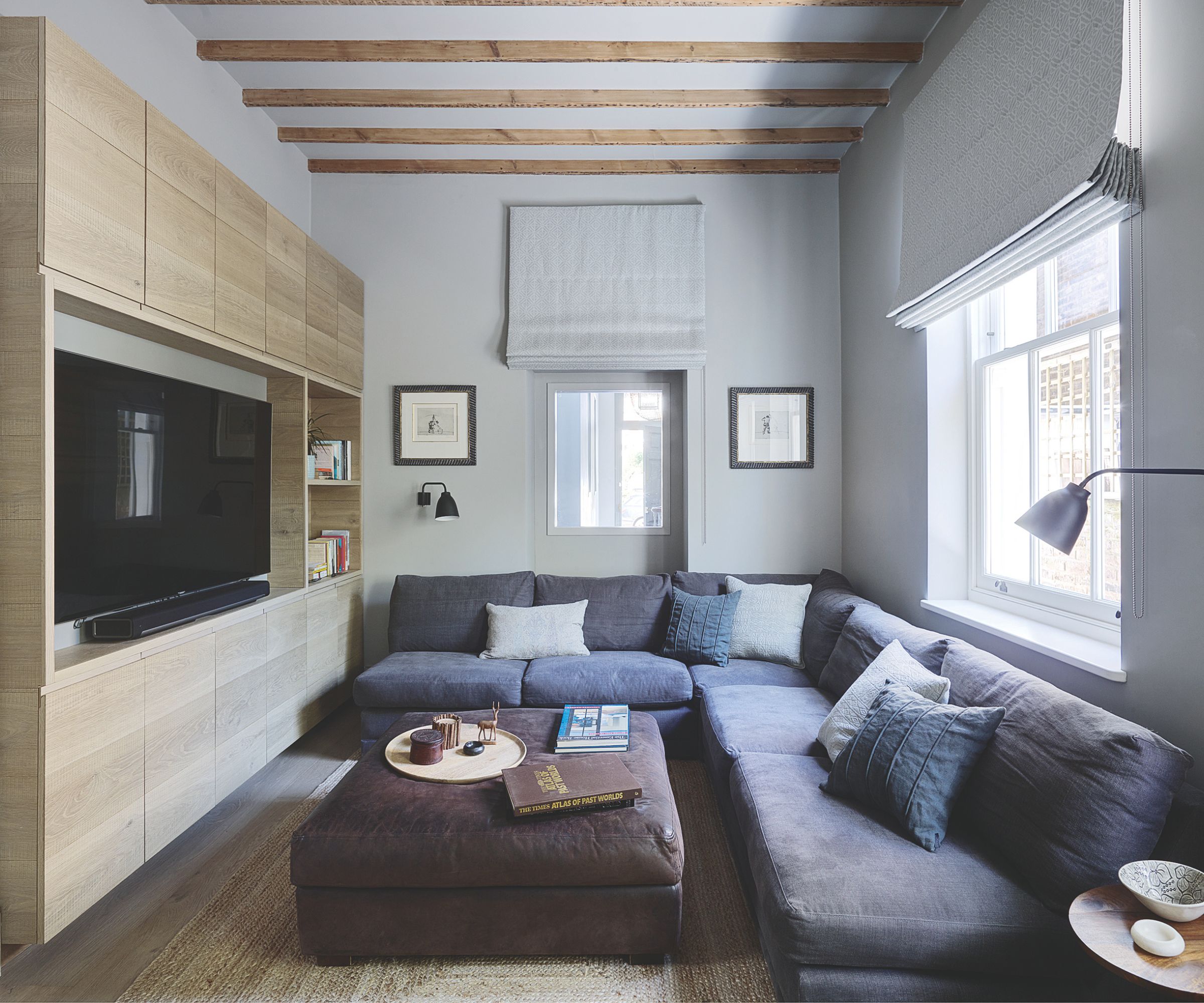
Although to will likely take your furniture when you move, certain furniture styles can affect the value of your home and its appeal to buyers. Synonymous with comfort, you might think large furniture makes a space feel welcoming, but actually, overly large, statement pieces can dominate and make a room feel smaller.
Niall Robinson, from Paramount Properties, says, 'While we're talking about space, be mindful of oversized furniture. A large L-shaped sofa looks amazing in an open-plan living area, but in a tighter space, it draws attention to how small the room actually is. Buyers won’t always have the imagination to visualize alternatives. Ultimately, when selling your home, you don’t want buyers to feel limited; you want them to see the limitless potential to make it their own.'
If you're designing a small room, opt for more individual pieces that give a space personality and ensure it's functional without taking up too much room, like an antique dining chair in a small entryway or a plush armchair in a small living room that's comfortable yet contained.
If you're considering a redesign and don't plan to stay at your current residence for long, be sure to avoid these design decisions if you want your home to be attractive to a multitude of future buyers. And of course, when you do come to selling, study home staging tips to ensure your property is in its best possible state.

I am the Interior Design News Editor at Homes and Gardens, covering mainly US-based designers and trending news stories. My love for interiors began when I interned in an interior design studio, working on commercial and private spaces. My passion grew while working in production, where I sourced beautiful locations for photoshoots and campaigns. Outside of work, I enjoy collecting antique decor and mid-century furniture for my home.
